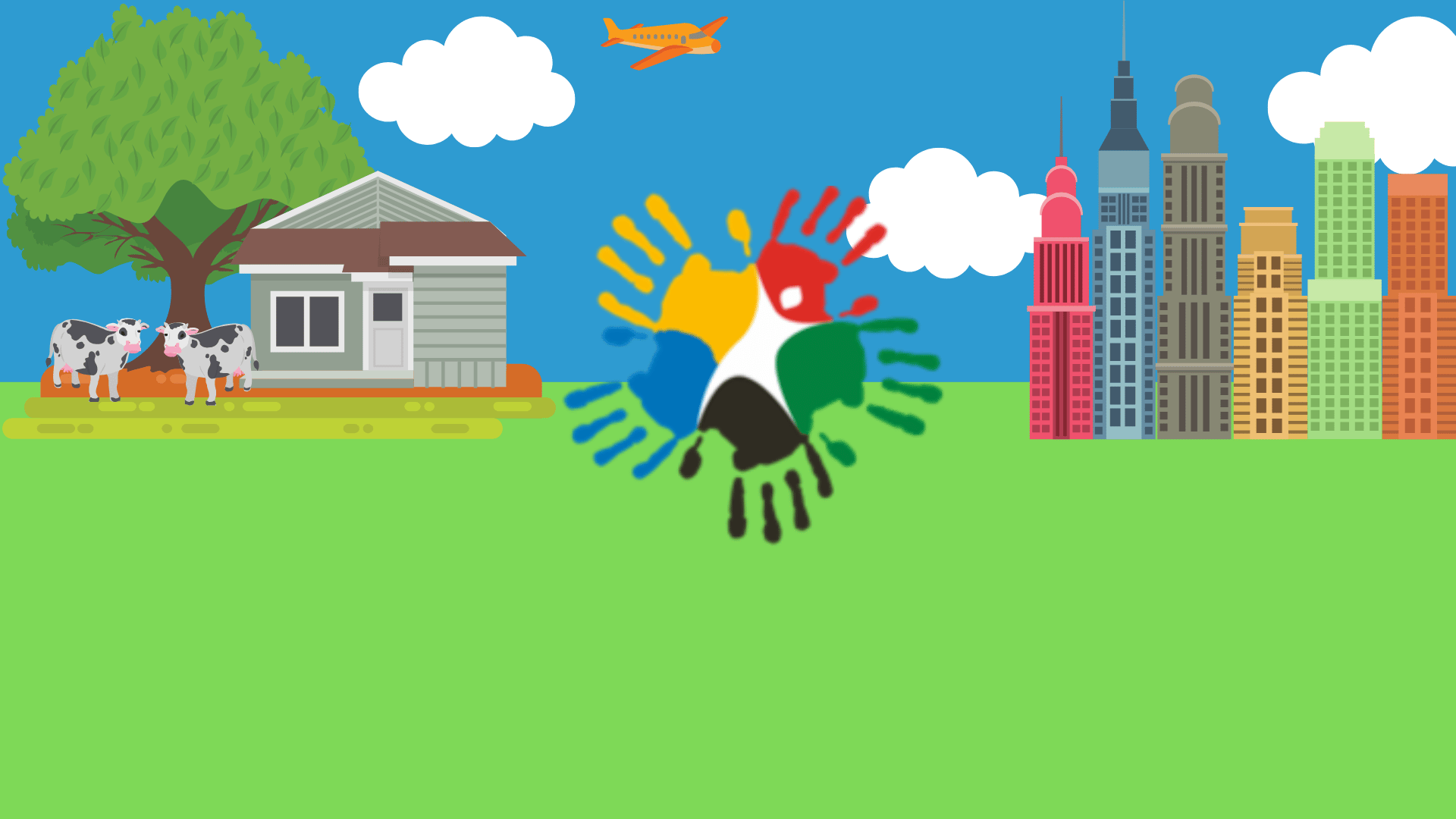The steady growth in social grant distribution in South Africa during 2024 is a telling indicator of the country’s economic challenges. From March to December, the total number of grants increased by 98,446, reaching 19,235,970 by year-end.
This rise highlights the growing reliance on social assistance to alleviate poverty and support vulnerable populations amidst persistent unemployment and inflation.
Grant Growth Trends in 2024
The following table illustrates the month-by-month growth in social grants during 2024:
| Month | Total Grants Distributed | Monthly Change |
| March 2024 | 19,137,524 | – |
| April 2024 | 19,168,833 | +31,309 |
| May 2024 | 19,206,237 | +37,404 |
| June 2024 | 19,234,218 | +27,981 |
| July 2024 | 19,266,971 | +32,753 |
| August 2024 | 19,261,286 | -5,685 |
| September 2024 | 19,267,413 | +6,127 |
| October 2024 | 19,313,773 | +46,360 |
| November 2024 | 19,302,381 | -11,392 |
| December 2024 | 19,235,970 | -66,411 |
Interpreting the Growth
The rise in grant distribution reflects several economic pressures:
- High Unemployment Rates:
Unemployment remains a persistent issue, leaving many households dependent on government assistance to meet basic needs. - Rising Cost of Living:
Inflation has made essential goods and services increasingly unaffordable, driving more people to seek social grants. - Population Growth and Aging:
With a growing population, particularly among children and the elderly, demand for grants such as Child Support Grants (CSGs) and Old Age Grants (OAGs) continues to rise. - Improved Accessibility:
Government efforts to streamline applications and expand outreach have enabled more eligible individuals to access grants.
Social and Economic Impacts of Grant Growth
- Alleviating Poverty:
The increase in grants provides direct financial relief to vulnerable households, reducing poverty rates. - Boosting Local Economies:
Social grants inject funds into local economies, supporting small businesses and informal trade, particularly in rural areas. - Household Stability:
Reliable income from grants helps stabilize households, enabling families to afford essentials like food, education, and healthcare.
Challenges Highlighted by Grant Growth
- Sustainability of the Grant System:
The rising number of recipients places pressure on the national budget, prompting concerns about the system’s long-term viability. - Dependency on Grants:
High reliance on social assistance underscores the need for job creation and economic development to reduce dependency. - Administrative Strain:
Managing an expanding grant system requires efficient processes to ensure timely and accurate disbursements.
Provinces Leading the Growth
- KwaZulu-Natal:
As the province with the largest number of grants (4,264,622), KwaZulu-Natal highlights the need for targeted economic interventions in regions with high dependency. - Gauteng:
With 3,058,859 grants, Gauteng’s growing urban population demonstrates the impact of rising living costs even in the country’s economic hub. - Eastern Cape and Limpopo:
These rural provinces rely heavily on grants due to limited economic opportunities and high poverty rates.
Recommendations for Sustainable Support
- Promote Employment Initiatives:
Expand job creation programs, particularly in rural and underserved areas, to reduce long-term reliance on social grants. - Enhance Grant Efficiency:
Improve administrative systems to ensure timely disbursement of funds and minimize fraud. - Invest in Economic Development:
Focus on building infrastructure, education, and healthcare systems to empower communities and reduce reliance on social assistance.
Conclusion
The growth in social grants during 2024 is a stark reflection of South Africa’s economic pressures. While these grants provide essential relief to millions, the rising numbers emphasize the need for comprehensive economic strategies to address the root causes of poverty and unemployment. Balancing immediate social support with long-term development is key to ensuring a more sustainable future for South Africa.









